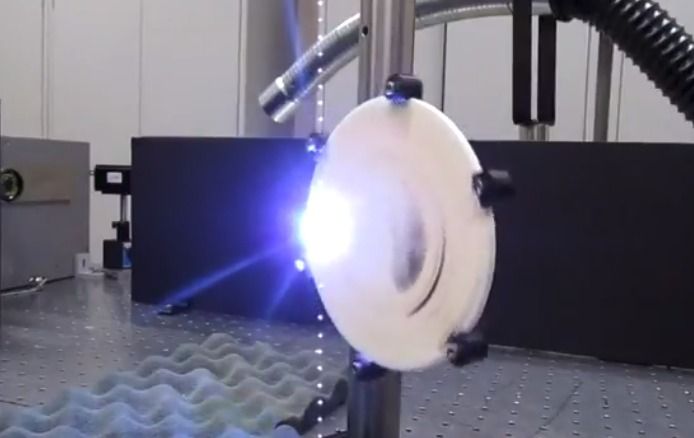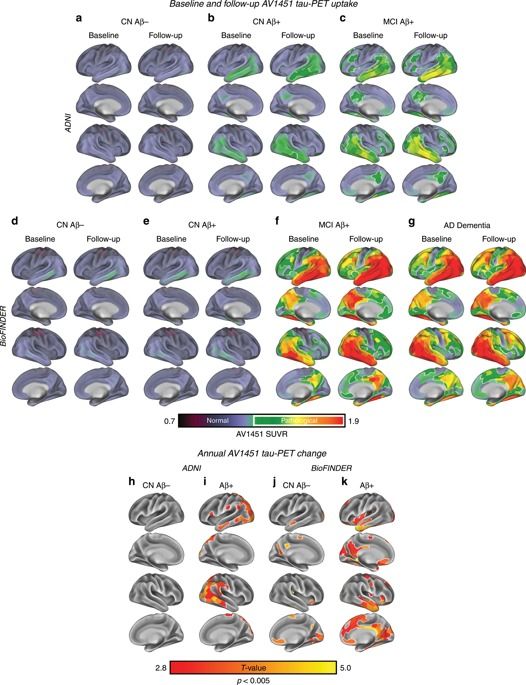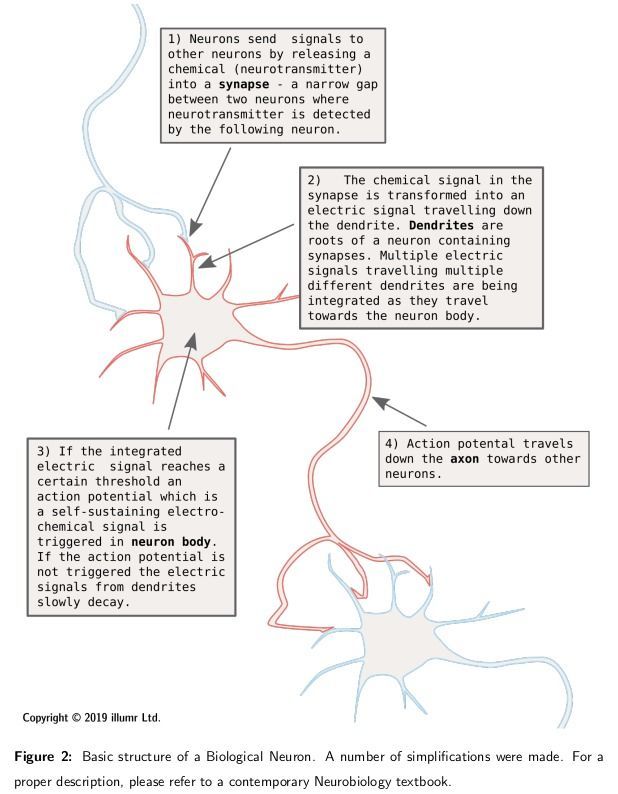Page 8013
Jan 18, 2020
How To Hack A Human Brain | VICE on HBO
Posted by Derick Lee in categories: biotech/medical, cybercrime/malcode, neuroscience
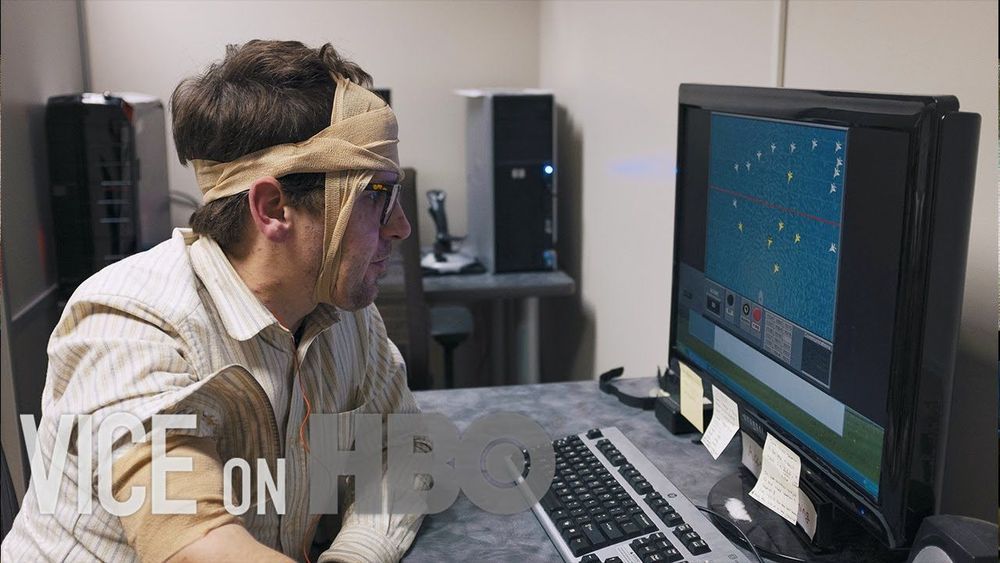
Advancements in neurotechnology are blurring the line between biology and technology. There is an emerging push to implant electronic devices inside the human body, hardwire them to our brains, and allow us to not only overcome disadvantages or injury but open up entirely new avenues of human experience.
VICE’s Thomas Morton got an inside look at what might be the next evolutionary step for humankind.
Continue reading “How To Hack A Human Brain | VICE on HBO” »
Jan 18, 2020
Not sure how old this video is
Posted by Dan Kummer in categories: cybercrime/malcode, information science, robotics/AI, virtual reality
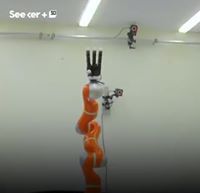
Not sure how old this video is. But, Very impressive if it is able to grab random objects at these speeds; although i suspect it needed a lot of training before.
This handy #roboticarm can be trained to catch practically anything. 🤖 💪
Looking for a job in AI & Machine Learning. Follow us for more updates or visit: https://aijobs.com/
Jan 18, 2020
Functional brain architecture is associated with the rate of tau accumulation in Alzheimer’s disease
Posted by Genevieve Klien in categories: biotech/medical, neuroscience
Tau accumulation is associated with disease progression in Alzheimer’s disease. Here the authors use resting state fMRI and tau-PET to demonstrate that baseline connectivity in Alzheimer’s disease is associated with tau spreading.
Jan 18, 2020
7 rules to reduce your risk of Alzheimer’s and keep your brain healthy
Posted by Genevieve Klien in categories: biotech/medical, neuroscience
This article is reprinted by permission from NextAvenue.org.
During the last Alzheimer’s disease support meeting I attended at my mother’s assisted living center, I sheepishly asked if anyone else was worried about their own risk for the disease.
A lot of hands went up.
Jan 18, 2020
The relationship between Biological and Artificial Intelligence
Posted by Genevieve Klien in categories: biological, neuroscience, robotics/AI
Claims of a relationship between AI and Neuroscience are more common than ever. They are often used to imply a higher chance of success for a technology. Are these claims true or just a hype?
Jan 18, 2020
How much maximum heat can your brain tolerate?
Posted by Paul Battista in category: neuroscience
Jan 18, 2020
Diabetic Smart Contact Lenses Developed by South Korean Research Team
Posted by Omuterema Akhahenda in categories: biotech/medical, computing
POHANG, South Korea, Jan. 15, 2020 — A research team from Pohang University of Science and Technology in South Korea (POSTECH) developed technology that allows diagnosis of diabetes and treatment of diabetic retinopathy by wearing smart light-emitting diode (LED) contact lenses.
Jan 18, 2020
World’s first biodegradable coffee cup that grows flowers and trees when thrown away!
Posted by Omuterema Akhahenda in categories: food, sustainability
It’s no surprise that the world is wasting billions of dollars on food, throwing out un-recycled trash, and filling landfills with other odds and ends. In fact, according to the Environmental Protection Agency, as of 2012 Americans generated 251 million tons of trash or garbage. Yikes!
There are creative ways to reduce the amount of waste such as source reduction, recycling, or even composting. A few people in the world strive to live an almost complete waste-free lifestyle by the practice of humanure.
We see refuse receptacles at work and around public places. However, even when garbage and recycle bins are available, some folks choose to throw away trash mindlessly by littering. What if there was a way to help reduce waste that goes beyond making sure trash gets into a bin?
Jan 18, 2020
Meet the xenobot: world’s first living, self-healing robots created from frog stem cells
Posted by Paul Battista in categories: biotech/medical, food, robotics/AI
Scientists have created the world’s first living, self-healing robots using stem cells from frogs.
Named xenobots after the African clawed frog (Xenopus laevis) from which they take their stem cells, the machines are less than a millimeter (0.04 inches) wide — small enough to travel inside human bodies. They can walk and swim, survive for weeks without food and work together in groups.
These are “entirely new life-forms,” said the University of Vermont, which conducted the research with Tufts University.
